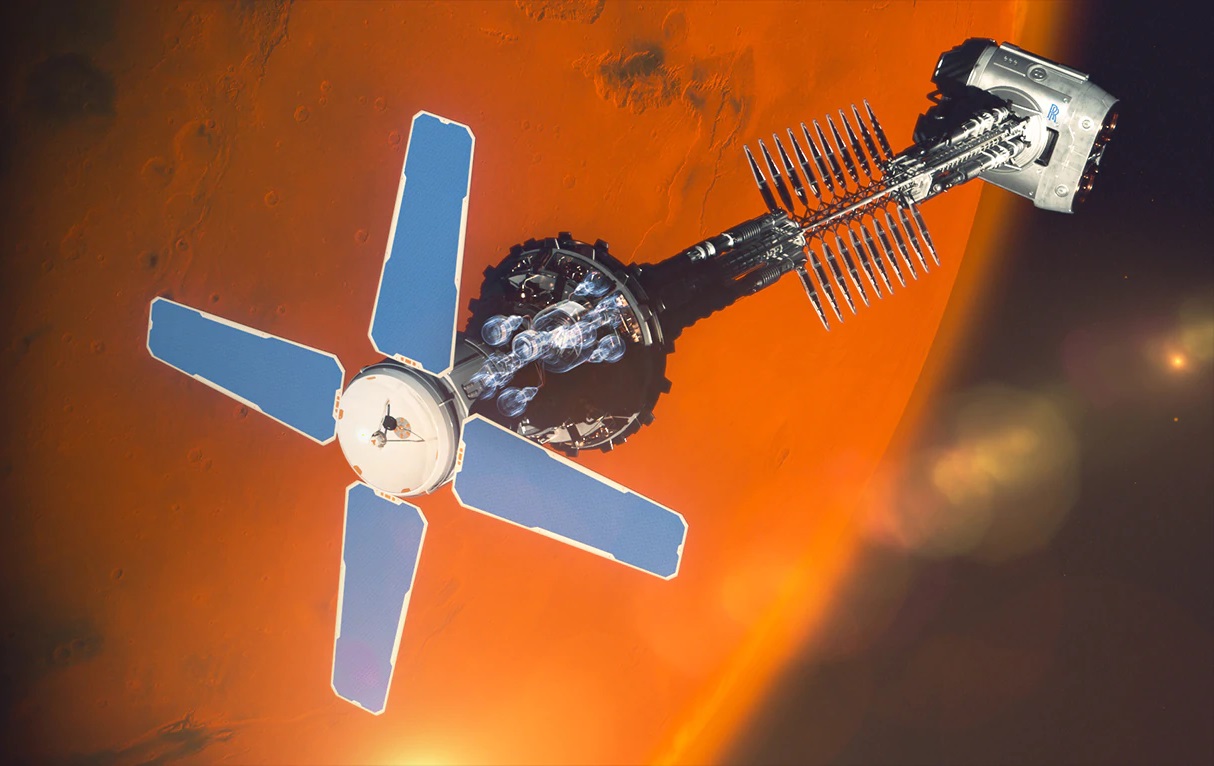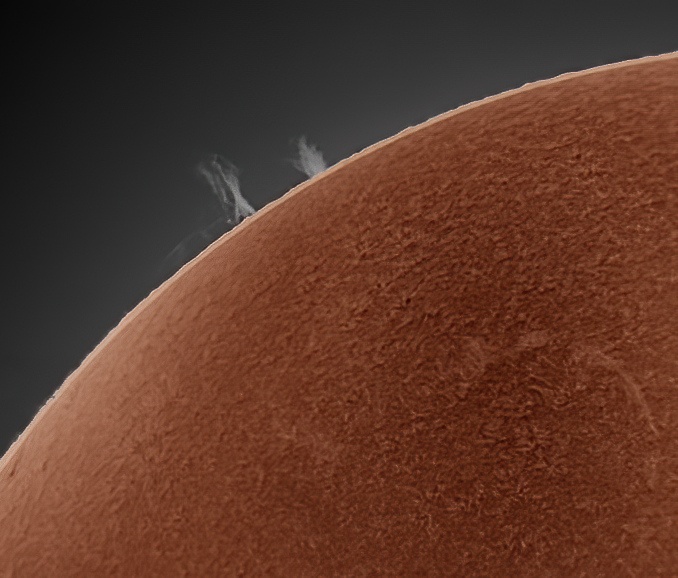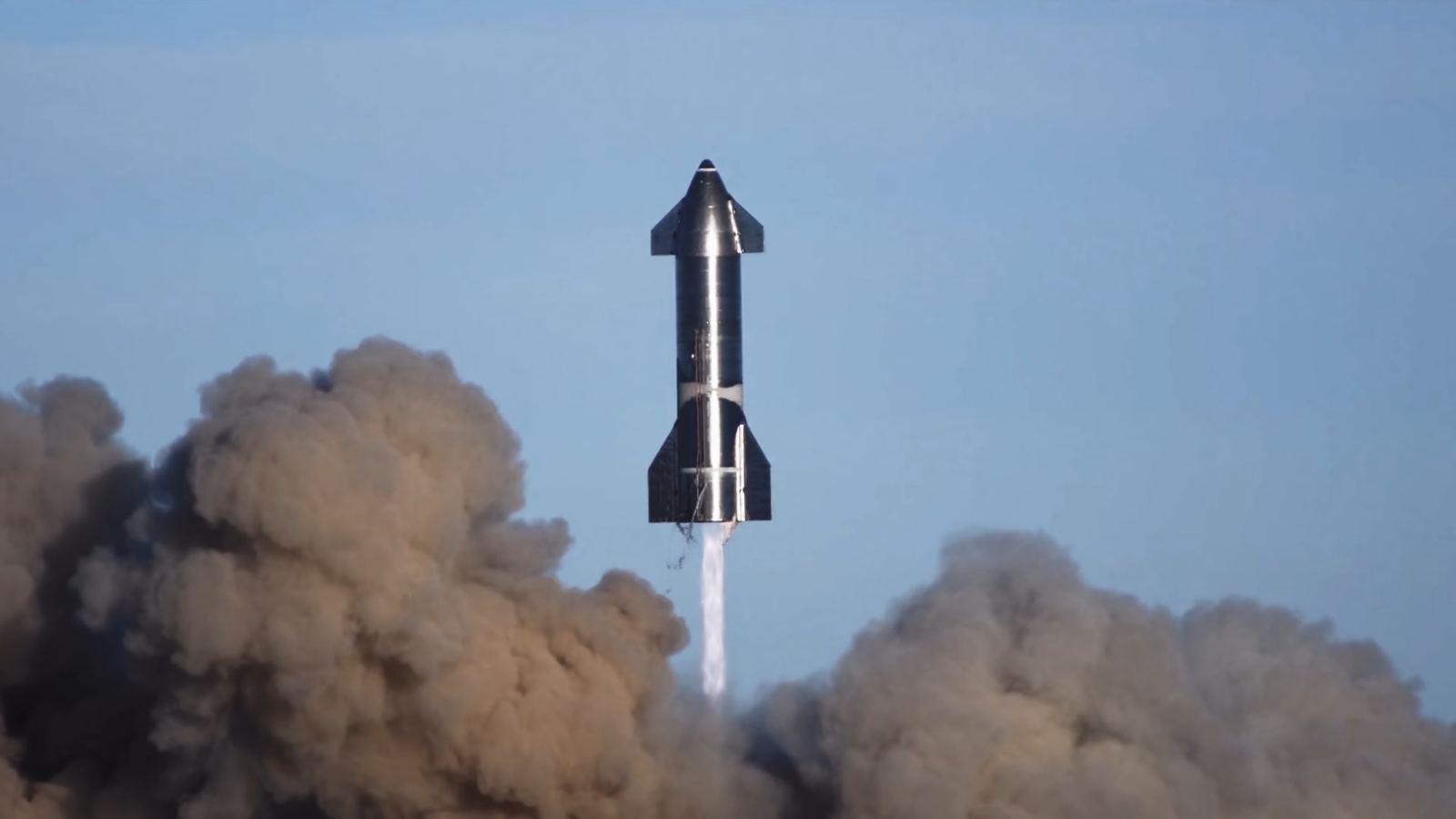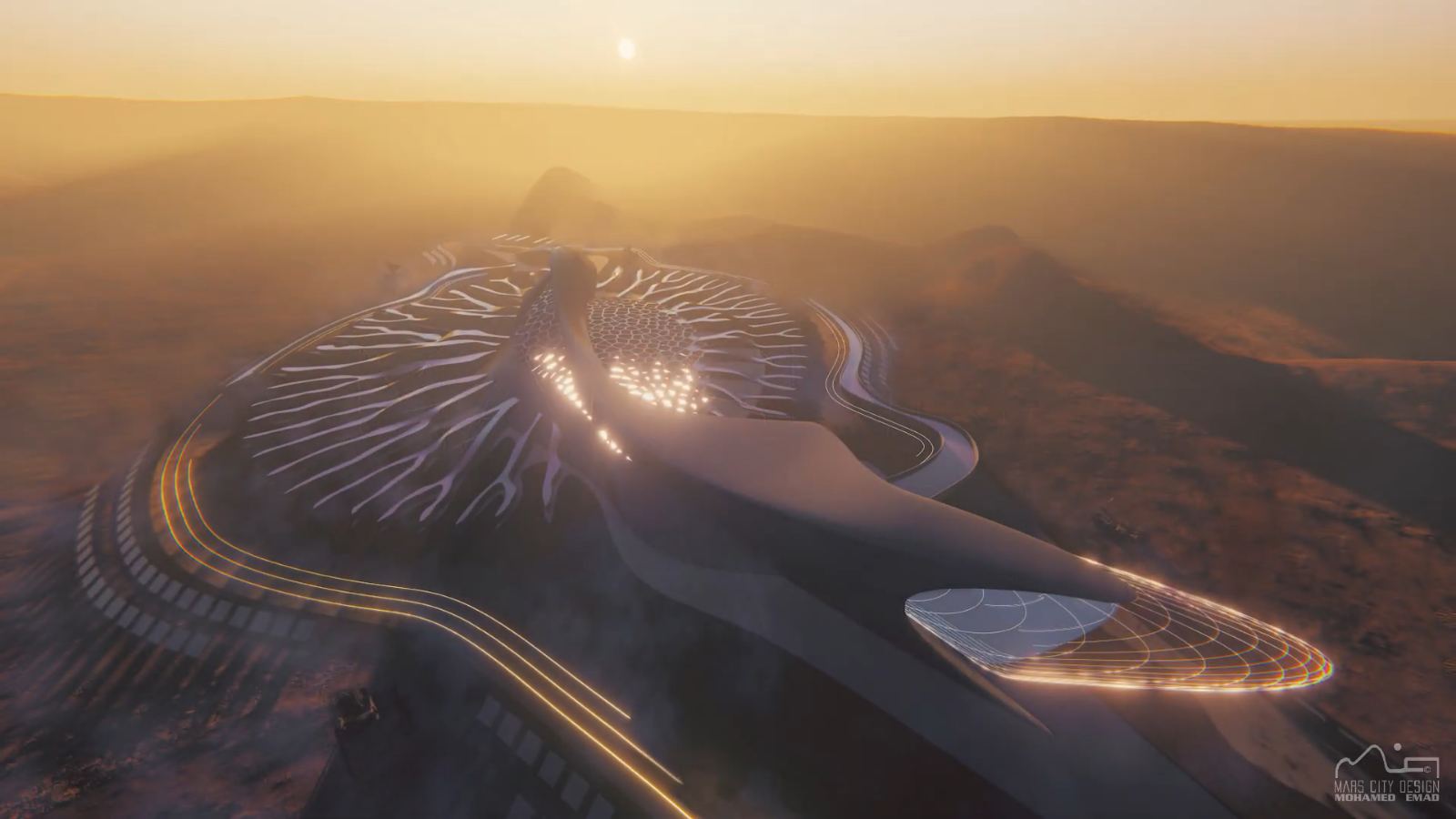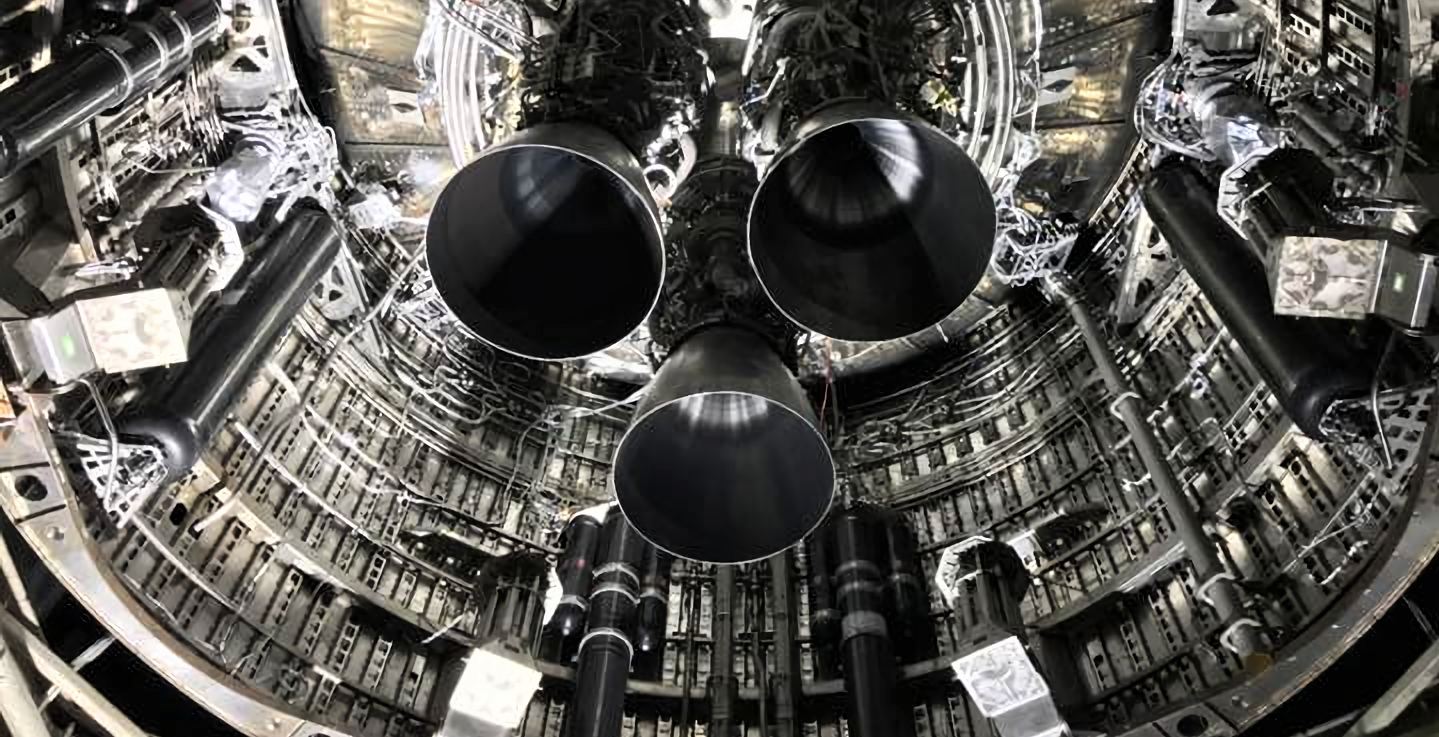If human beings intend to become an interplanetary species (or interstellar, for that matter), then we are going to need new propulsion methods that combine a significant level of thrust with fuel-efficiency. One option that NASA has been exploring for decades is spacecraft that rely on nuclear power, which can take the form of nuclear-electric or nuclear-thermal propulsion (NEP/NTP).
In the current era of space exploration, other space agencies are looking into this technology as well. For instance, the UK Space Agency recently signed a contract with the British automotive engineering firm Rolls-Royce. As per their duties, Rolls-Royce will investigate applications for nuclear power and propulsion. Given the company’s record of mechanical, electrical, and nuclear power solutions
Continue reading “The UK is Considering Nuclear Propulsion in Space”
